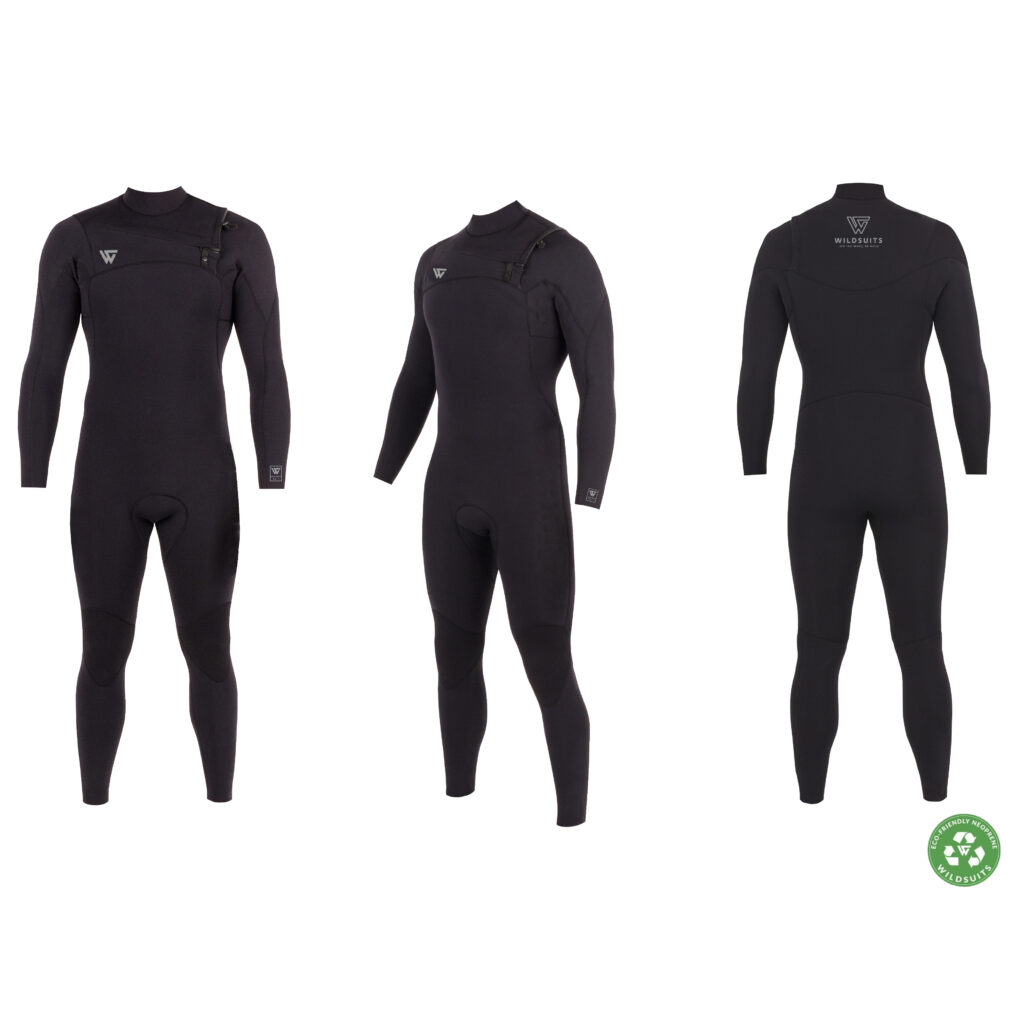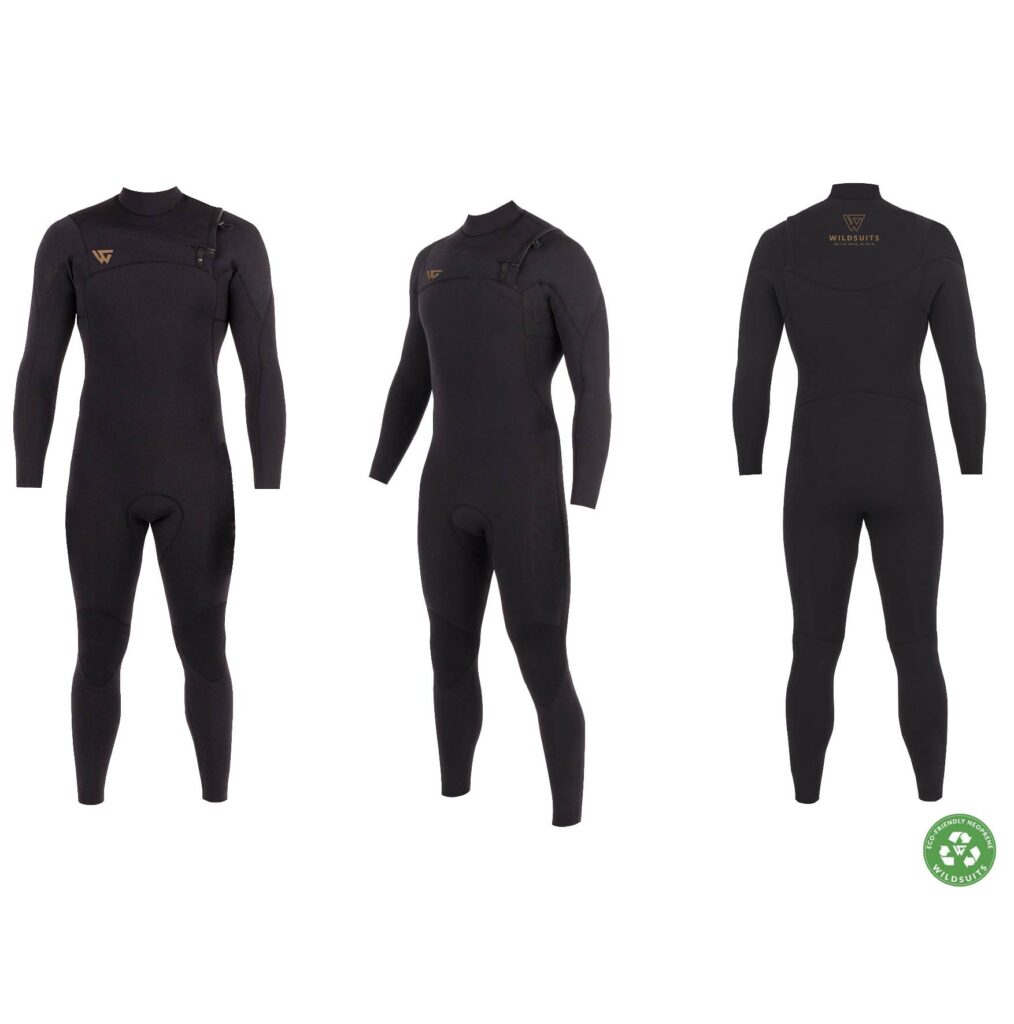In brief
You will inevitably ask yourself this question after taking a surf course or experiencing the first joys of gliding with a friend's surfboard.
We will see several rules that apply to choosing the equipment for starting surfing.
These four rules will allow you to maximize your time riding the wave, enabling you to experience more sensations and greater maneuverability.
1st RULE: Choose a surfboard that floats.
All surfboards have a volume measurement, which is expressed in liters. The higher the volume, the more the board floats. As a beginner, you should aim for a surfboard with maximum buoyancy. The more the board floats, the more comfortable you will be, and it will forgive any errors in your positioning, the beginning of maneuvers, and more.
When starting surfing, it's better to be on a "cruise ship" and take your time to follow the wave rather than on a "speedboat" that requires skill and wave finesse to avoid becoming a submarine. A beginner's surfboard should never be below 40 liters minimum.
Surfboards with the highest volume are longboards (9 feet and above). Surfboards with the least volume are shortboards (6 feet and below). Between these two categories, there is a multitude of intermediate surfboards.
2nd RULE: Choose a surfboard that is easy to paddle.
When you start surfing, the most challenging part will be paddling. This is the phase where you move on the spot to reach the lineup or simply catch a wave. It is possible to make this phase less painful. To do so, you should especially choose a surfboard that paddles quickly, especially when you are a beginner. For a surfboard to paddle fast, it needs two essential qualities: volume (as we saw in the first point) and the length of the board.
The longer the surfboard, the more it will be able to gain and maintain a high paddling speed. This principle is similar to kayaks (racing kayaks are long and narrow to go as fast as possible). The difference is that as a beginner, you will only need the length and not a narrow board (that's reserved for guns, big wave surfboards).
Next, you still need a significant amount of volume, so a relatively wide and long board will allow you to paddle quickly and get up on the board swiftly.
Boards starting from 7 feet 5 inches begin to paddle quickly. From 8 feet and 9 feet, they become rockets. However, be cautious; beyond 9 feet, it might be challenging for a beginner to maneuver the board effectively.

3rd RULE: Choose a durable surfboard.
When you start, you will (a lot, I mean a lot) fall. Your surfboard will hit the ground, get carried by the wave lip, hit rocks, hit your head, and even hit the car...
In short, it will undergo some rough treatment in each session. That's why, when starting, it's imperative to choose a very durable surfboard.
The most durable constructions may not be the most visually appealing, but for beginners, a plastic or similar type of plastic surfboard, like Bic, NSP, or other brands, is ideal. They are virtually indestructible and provide an interesting first feeling.
Resin, resin-like, and sandwich construction boards (consisting of several materials stacked on top of each other) are not suitable for beginner surfers. Although they may "resemble" more to "real" surfboards, they will break too quickly and suffer numerous dents due to your first months of practice.
4th RULE: Choose a stable surfboard.
The stability of a surfboard is achieved by a combination of three factors: width, thickness, and length of the board. The larger these factors are, the more stable your surfboard will be. To start without being overly penalized by an unmanageable barge, it's interesting to choose a board with a large volume, sufficiently wide but not necessarily too long. You can compensate for the length by increasing the width and thickness of the board. The more stable the board, the less you'll have to focus on balancing on an unstable board caused by the wave. This allows you to concentrate on your take-off, gliding, and riding along the wave.
These four rules will allow you to maximize your time riding the wave, ensuring rapid progress. They will enable you to gain confidence and seek more sensations, greater maneuverability, and tackle more technical waves. We will explore these aspects further in an article on choosing a surfboard for intermediate surfers. If you want to surf, start, and progress, but you don't know much! We offer an article on choosing the right surf spot for beginners. "HOW TO CHOOSE YOUR FIRST SURF SPOT?"
Here is a small selection of surfboards suitable for beginner-level surfers:

Bic 7’3 – Mini Malibu Un choix intéressant pour des gabarits jusqu’à 75 / 80 kilos grand max. Pas trop grande, ni trop petite. Très solide. Légère. Assez maniable.

Bic 7’9. Plus de volume que la 7’3. Tout aussi maniable. Plus polyvalente (mix entre les débuts d’un longboard et une planche intermédiaire). Cette planche, vous pourrez la conserver toute votre vie. Une des meilleures planches pour débuter et progresser ?

Bic 8 Magnum. Pour les “gros gabarits”, cette planche flotte, cette planche se surf. Vous pourrez enfin avoir une planche qui n’est pas faite pour les personnes de moins de 75 kilos.
Absolutely! NSP and other surf brands that produce plastic surfboards also offer similar beginner-friendly boards with different names. The names may vary, but the concept remains the same: stable, durable, and forgiving boards designed to help beginners learn and progress in their surfing skills. These plastic surfboards are popular choices for beginners due to their affordability, durability, and ease of use.
Redacteur: Ronan Benoit ( Photographe et CEO of The Waterman Society)



